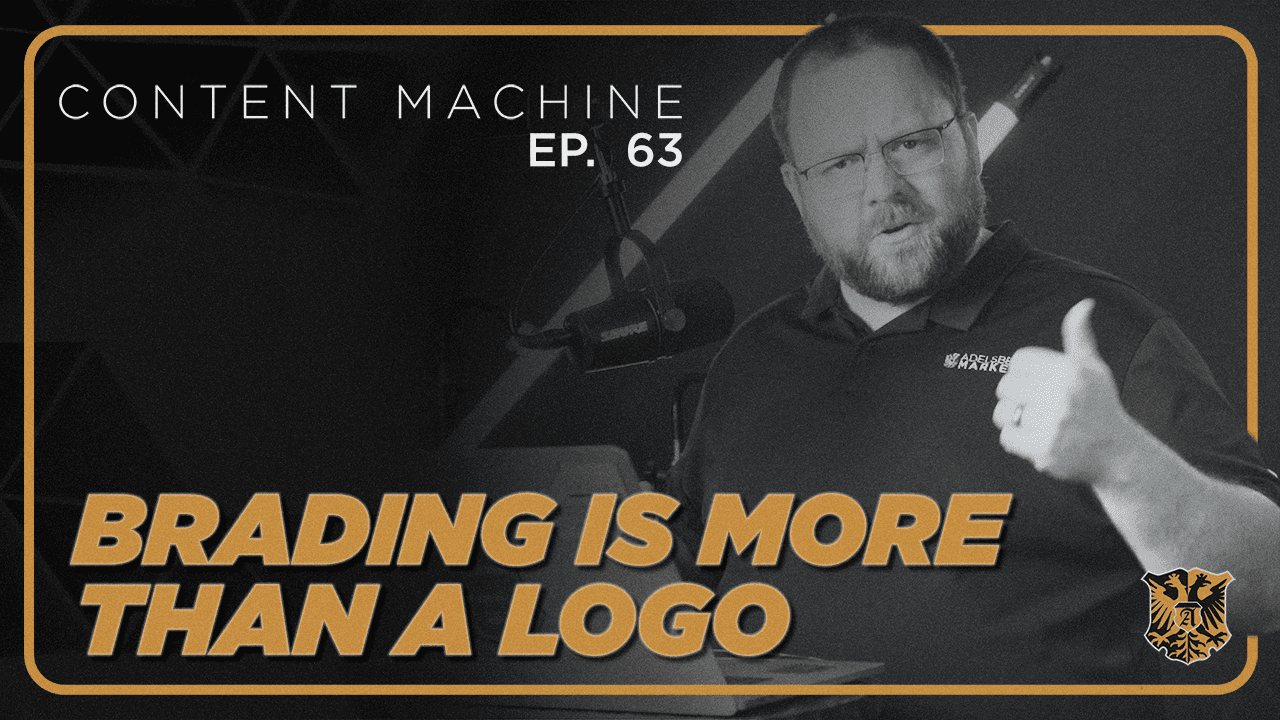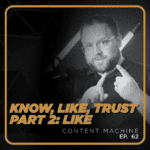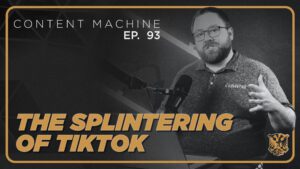
When you say you like a company’s brand, what do you mean? Most people, when they say brand, they mean the logo of a company. Don’t get me wrong, a logo is an important part of a company’s brand, but a brand is so much more. We believe brand encompasses four key areas. Each of these areas is sizable and has lots of opportunities for subsets of information. But today, we’re going to look at things from a bird’s-eye view. We believe a brand encompasses the business’s identity, the business’s positioning, the business’s messaging, and the business’s visual identity. Let’s take a look at each of these elements. Number one, the business’s identity. The first part of any brand is who the business is. What is the business’s mission and core values? What is the business trying to achieve? The mission talks to the bigger picture that the company is trying to solve and what they value. The core values gives the team guidance on what behavior is valued in the organization. It will direct how components of the business interact with customers, how the business interacts with the team. It will set the tone for what the culture in the organization is.
Business identity is a key component of what makes the brand of an organization and gains importance as the business puts value on the identity, making it part of the culture and potentially part of the marketing. The second part of the brand is the positioning of the business. Positioning talks about what a business brings to market and how it goes to market. Or to put another way, what differentiates it from other businesses. When we think about what a business brings to market, what we mean is, how do we make something not a commodity? What makes our product special versus our competition? How we bring it to market might also be our differentiation. Are you the only car wash in town that comes to people’s workplaces? Are you an insurance agency that has the most available markets? Are you the largest organic and natural food provider in the area? How you bring something to market and the positioning that you use are key parts of the identity. The third part of the branding is messaging. This could be viewed as the verbal identity of the business. How do we describe the organizations? Do we have specific words that we use?
What is our marketing one-liner to quickly share who we are? This also works into the tone of how we write copy for the business. The fourth part, and the one that people think the most about when they talk about branding is the visual identity. The logo is the most important part of the visual identity of the business, but there are also several other components to visual identity. One of the biggest things is what we call look and feel. Look and feel for a brand is the visual style for graphics and things like websites. They give us a uniformed visual appearance across all interaction points for a customer. A social media graphic should be able to be visually related to the website, which should be visually related to the business card. This unified visual identity is usually tied together by specific colors, typefaces, textures, or graphical elements like certain shapes or icons. A proper visual branding contains these components and a guide with all the rules on how use the visual branding. Is your business using all the elements of a brand, or do you just have a logo? Today is a great day to start developing the other elements of your brand.
A great thing is to look at companies that do branding well and start to look for all of those components and how they use them. When you start looking for them, you’re going to notice them. Thank you for listening to this episode of the Content Machine podcast. If you need help developing a brand or rebranding your company, please reach out to me at kevin@adelsbergermarketing.com.





